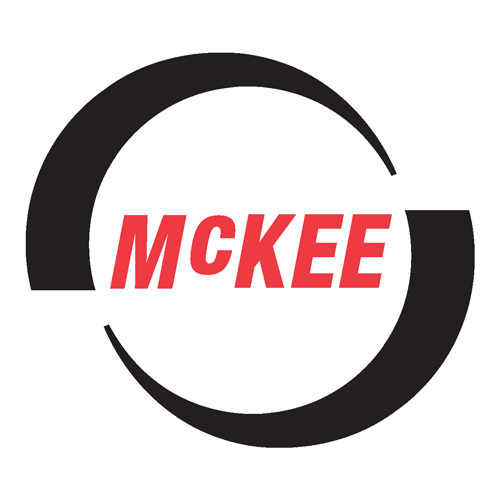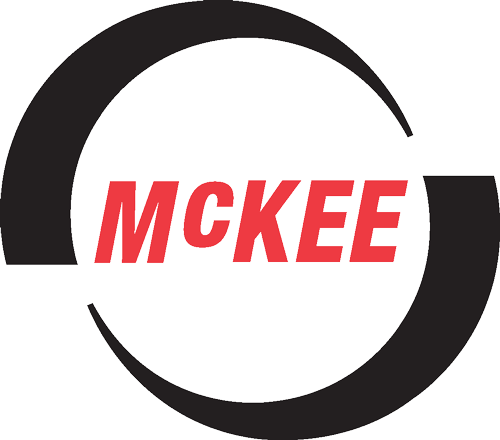What Is a Roller Bearing?
February 3, 2021 12:56 am Leave your thoughtsIf you’re in the market for conveyor components in Lubbock, TX, chances are you seek roller bearings. These essential parts are roller-element bearings that use a cylinder rather than a ball. This design allows better handling for greater radial loads and the ability to accommodate heavier loads than those normally tolerated by ball bearings. They are a favorite with belt conveyor parts and essential to manufacturing. You can also find them in many useful designs. Here are five of them:
- Cylindrical roller bearings: This bearing uses a cylinder as its main moving part, and its earliest known use was in 40 B.C. It works by continuously redistributing the load through the roller system. You often need only half of the regular all bearing rollers to perform the same function. They are ideal for high-speed applications moving high radial loads. However, if used for axial loads, they present higher friction and must operate at a lower capacity.
- Spherical roller bearings: These self-aligning bearings use two sets of spheres to handle applications where misalignment is a constant threat. Rollers are thicker in the middle and taper out at the ends in order to handle static and dynamic misalignment. These bearings work well in their intended applications, but they are expensive due to the difficulty in producing them. There is also enough sliding around that you deal with more friction than with other bearing types.
- Gear bearings: The gear bearing includes satellite gears located around the center of the bearing and inside of the external bearing. There is less sliding friction than with other varieties because the multiple mechanisms keep redistributing weight and supporting forward momentum. These bearings work well for applications requiring rotary suspension, and they are common in measuring instruments and watches. However, they add to manufacturing complexity and are often costly to replace or repair.
- Tapered roller bearings: This type is an excellent option for applications handling axial and radial loads. It uses conical rollers and carries higher loads than ball bearings due to its expanded contact area. It is more expensive than traditional ball bearings, due to its manufacturing difficulty. You need to install these bearing correctly, because mishandling leads to excessive friction and compromised manufacturing efficiency.
- Needle roller bearings: Needle rollers operate using long and thin rollers that look like needles. Rollers are at least four times longer than their diameters, and like other bearings, they reduce friction on rotating surfaces. They offer greater contact areas for surfaces, and that allows them to support greater loads. Needle rollers are thin, and that reduces their need for clearance between the axle and surrounding structure. You’ll find needle rollers in automotive parts, especially pumps, transmissions, compressors and rocker arm pivots.
M.B. McKee Company, Inc. offers an extensive inventory of belt conveyor parts in Lubbock, TX, including roller bearings. We specialize in providing conveyor components and roller bearings throughout this area, and we can help you too. Reach out to us today to place your order—we look forward to assisting you!
Categorised in: Mechanical Bearings
This post was written by Writer

